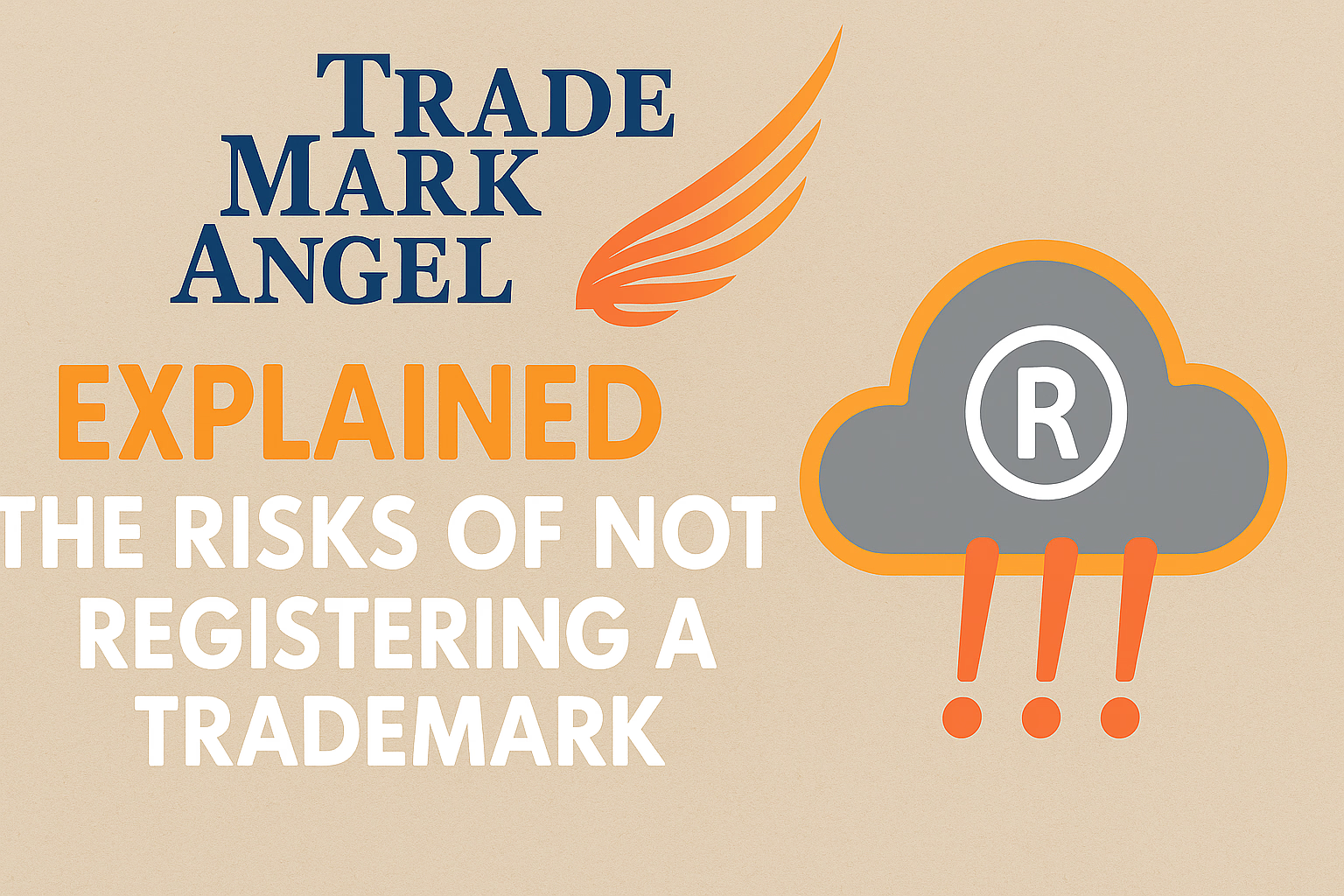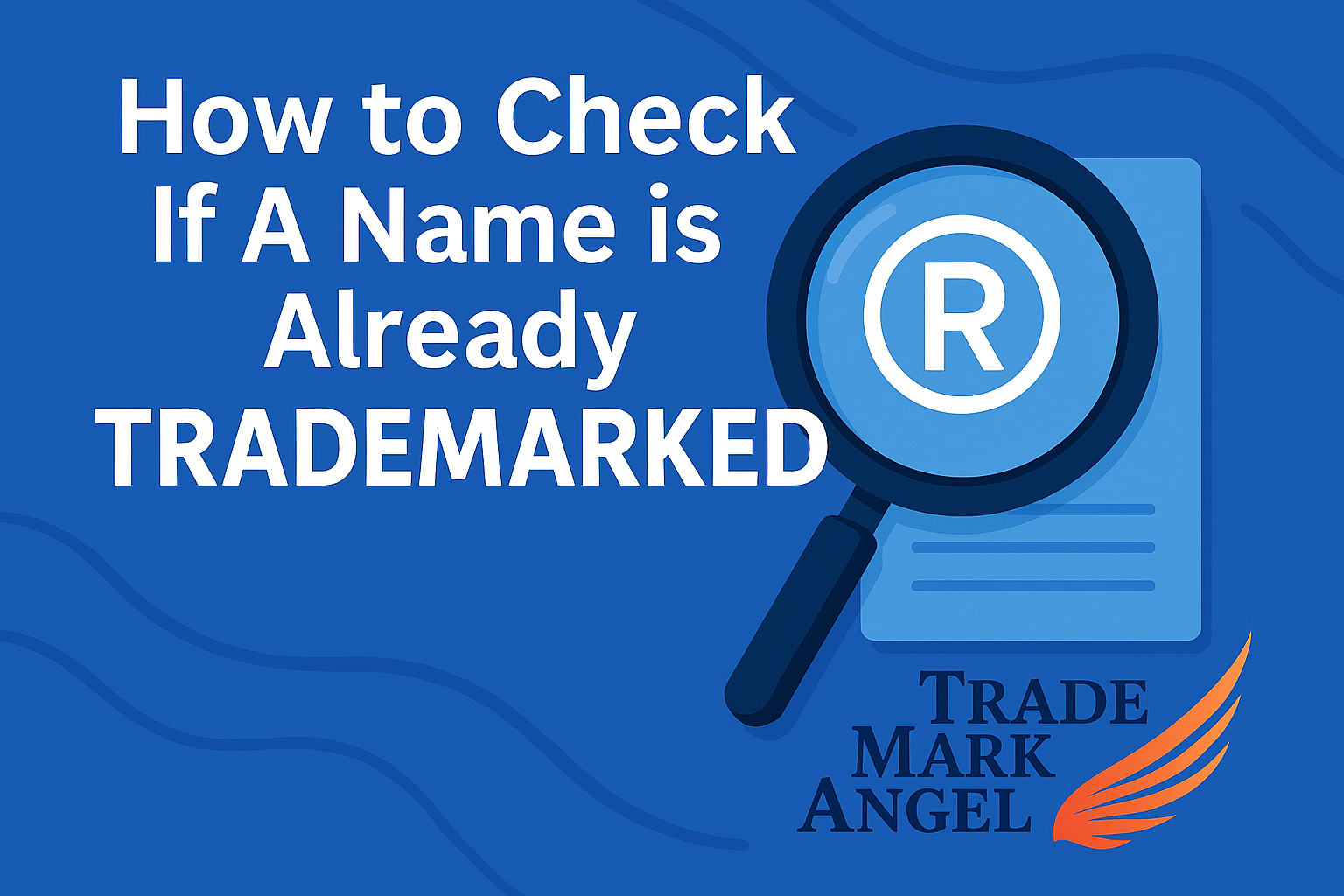
What is a Trademark Opposition?
Understanding Trademark Opposition: A Guide
New products and services emerge daily, often carrying unique brands and trademarks. This surge inevitably leads to disputes, with some trademarks challenged through opposition proceedings.
A trademark opposition is an administrative process similar to a civil lawsuit. It allows one party to object to a trademark during the registration process. In most countries, oppositions occur after a trademark has passed an initial review by the Trademarks Office and is published in an official journal for public notice. While rare—affecting only 2-5% of trademarks—most oppositions settle early, avoiding the need for a full hearing. Early resolution not only reduces costs but is beneficial for both parties.
Why Do Trademark Oppositions Happen?
Businesses typically find themselves in opposition proceedings for two reasons:
- Their trademark application faces opposition from a party with an existing or prior trademark.
- They oppose another party’s application, believing it infringes on their own registered trademark.
Trademark applications are published to give third parties an opportunity to object, often on these grounds:
- Similarity to existing trademarks – The new trademark could confuse consumers.
- Lack of distinctiveness – The trademark lacks a unique quality.
- Deception or fraud – The application is misleading or dishonest.
- No intent to use – The applicant doesn’t plan to use the trademark.
Although the specific rules vary by jurisdiction, opposition proceedings typically follow a standard process, which includes filing, discovery, testimony, and briefing stages.
How the Trademark Opposition Process Works
Let’s consider an example. Suppose you own a well-known sports drink company and have invested heavily in building your brand. You discover a small regional business using a similar trademark for its sports drinks. Concerned that consumers might confuse their product with yours, you decide to oppose their trademark application before it’s officially registered.
1. Filing Stage
Your first step is to engage a trademark professional, such as Trademark Angel, who will file a notice of opposition with the national trademark office on your behalf.
The other party has a set time to respond. If they fail to respond, their trademark application may be abandoned. If they do respond, initial settlement discussions typically occur at this stage. Most trademark disputes are resolved early, avoiding lengthy proceedings.
2. Discovery Stage
If no settlement is reached, the process moves to discovery. Both parties exchange documents, answer questions, and may provide depositions. This stage aims to uncover facts about when and how the trademarks were used.
Expert witnesses might also provide opinions to strengthen your case. Settlement discussions can continue as new information emerges.
3. Testimony Stage
If the dispute isn’t settled, the testimony stage begins. Each party presents their case, including evidence and witness statements, in a formal setting—though not a courtroom.
4. Briefing Stage
Finally, both parties submit legal briefs, applying the gathered facts to the law. The Trademark Opposition Board then reviews the materials and issues a decision.
How a Trademark Professional Can Help
Trademark oppositions differ from traditional lawsuits. Even with a registered trademark, successfully opposing another registration requires expertise. A skilled trademark attorney or agent understands how to present a compelling case and can also assist with registering your trademark domestically and internationally.
If you need assistance with trademark registration or opposition, consult the experts at Trademark Angel.
Related Posts
How Long Does It Take to Get a Trademark?
When it comes to registering your brand, the question that comes to mind first is: how long does it take to obtain a trademar
Explained The Risks of Not Registering a Trademark
When you build a business, your brand name is more than just words—it's your identity. Yet many business owners delay prote
How to Check If a Name Is Already Trademarked – Free Tools & Tips
Choosing a name for your business is an exciting process, but it's essential to ensure that it is not already in use. The saf
Secure Your Brand Identity Through UK Trademark Registration
If you're planning to do business in the United Kingdom, protecting your brand is a smart first step. A registered trademark





